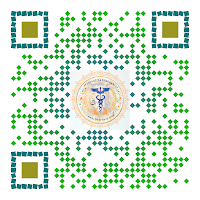Radiological sign, a triradiate radiolucent shadow, characteristic of the automobile maker's trademark. In case of Gallstones, radiolucent lines represent gas accumulation within the body of a calculus. Center of calculus may contract more than its periphery, which would result in the radial fissures. Gas in the fissures typically comprises < 1% O2, 6–8% Co2 & the rest nitrogen.
The
inverted Mercedes-Benz sign refers to the shape taken on by a spinal subdural
hematoma on axial imaging at the level of the denticulate ligaments, best
visualized on MRI. A pair of denticulate ligaments and the dorsal septum
constitute the three radiating spikes of the sign, while blood expands and
fills the three loculations in-between.
The
Mercedes-Benz sign can be seen in aortic dissection on CT. It is seen as three
distinct intimal flaps that have a triradiate configuration like the
Mercedes-Benz logo. The appearances are postulated to represent secondary
dissection in the wall of the dissected false lumen. It is also called a
triple-barreled aortic dissection


%20is%20the%20protrusion%20of%20one%20eye%20or%20both%20anteriorly%20out%20of%20the%20orbit.%20Exophthalmos%20used%20to%20refer%20to%20severe%20(18%20mm)%20proptosis.jpg)



.jpg)
,%20especially%20in%20the%20early%20stages.%20When%20present,%20symptoms%20are%20vague%20&%20nonspecific.%20Early%20symptoms%20-%20severe%20fatigue%20(74%25),%20impotence%20(45%25),%20arthralgia%20(44%25).%20Most%20common%20s.jpg)











